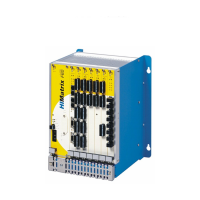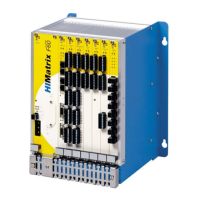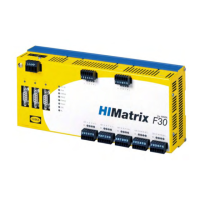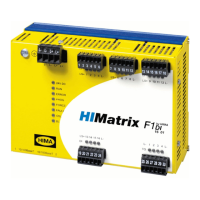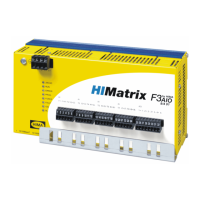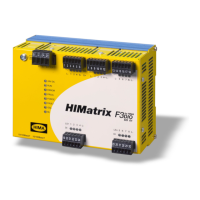System Manual Compact Systems 12 Disposal
HI 800 141 E Rev. 2.02 Page 101 of 110
12 Disposal
Industrial customers are responsible for correctly disposing of decommissioned HIMatrix
hardware. Upon request, a disposal agreement can be arranged with HIMA.
All materials must be disposed of in an ecologically sound manner.
